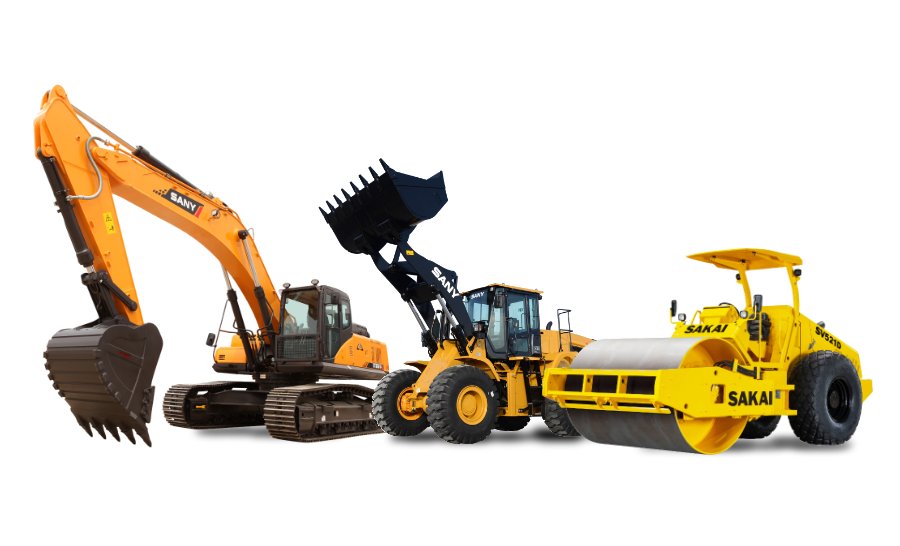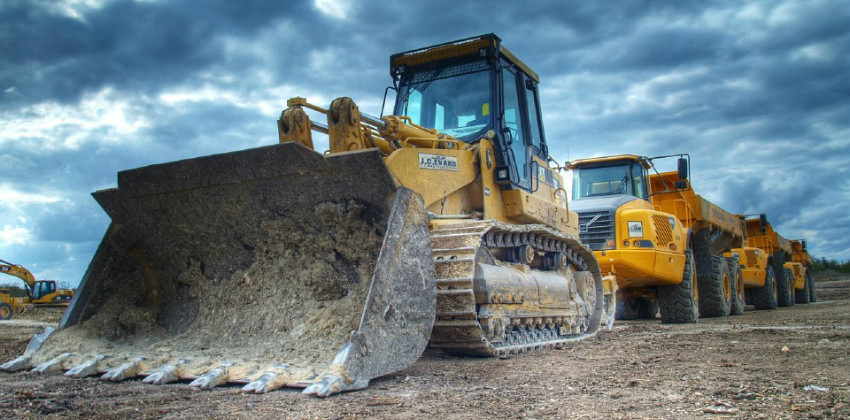Find the Best Rental Company Near Me for Equipment
Find the Best Rental Company Near Me for Equipment
Blog Article
Renting Out Vs. Acquiring Building Tools: Making the Right Selection for Your Task
When beginning on a building job, one of the important choices that project managers and stakeholders face is whether to purchase or lease construction equipment. The choice pivots on numerous variables such as cost factors to consider, task duration, devices upkeep, scalability, threat, and versatility monitoring.
Price Considerations
When examining the monetary aspect of buying versus renting building devices, the in advance expenses and long-lasting expenditures must be very carefully thought about. Leasing devices often requires reduced preliminary repayments contrasted to buying, making it an appealing alternative for short-term projects or service providers with budget plan restraints. Leasing gets rid of the need for big capital outlays and minimizes the monetary danger connected with devices ownership, such as upkeep and depreciation prices. However, in the long run, constantly renting out tools can accumulate greater prices than buying, specifically for extensive jobs.
On the other hand, getting construction tools entails higher ahead of time costs however can result in long-term cost savings, especially for frequent users or long-term tasks. Inevitably, the choice in between purchasing and renting out building devices pivots on the job's duration, regularity of usage, budget plan factors to consider, and long-lasting financial objectives.
Task Duration

On the other hand, for long-lasting jobs or ongoing construction job, purchasing devices might be the much more affordable option. Acquiring devices can cause cost financial savings over time, especially if the devices will be often made use of. Additionally, owning equipment gives a sense of control over its availability and permits customization to fit specific task requirements.

Devices Upkeep
Offered the essential function job period plays in figuring out one of the most cost-effective strategy between renting and purchasing building devices, the focus now shifts in the direction of examining the crucial facet of tools upkeep. Correct maintenance is important for ensuring the optimal performance and longevity of building equipment. Renting equipment usually includes the benefit of having well-maintained equipment supplied by the rental business. This can ease the worry of maintenance tasks from the job proprietor or service provider, conserving time and effort. On the other hand, owning equipment requires a proactive technique to maintenance to stop failures, make certain security, and expand the tools's life-span. Routine evaluations, maintenance, and timely repairs are necessary to keep owned and operated devices in top functioning condition. Consider upkeep prices when choosing between getting and renting out, as neglecting maintenance can bring about expensive repair work, downtime, and task delays. Inevitably, a well-maintained building equipment backhoe loader attachments fleet, whether leased or had, is necessary for the effective and reliable completion of building and construction jobs.
Flexibility and Scalability
In the realm of building tools management, the aspect of adaptability and scalability holds substantial relevance for project performance and source utilization. Deciding to rent building and construction equipment gives a high level of adaptability as it permits for the fast change of devices kinds and quantities based upon the progressing requirements of a task. Renting out makes it possible for contractors to access a large range of customized equipment that might be needed for particular tasks without the long-lasting commitment of ownership. This adaptability is especially helpful for tasks with differing needs or unsure durations (forklift rental).
Furthermore, scalability, an additional important variable, is naturally linked to versatility. Renting out building tools uses the advantage of conveniently scaling procedures up or down as job needs vary. Contractors can promptly trade or include equipment to match the project's transforming demands without the restraints of owning possessions that might become underutilized or portable backhoe outdated. This capacity to range sources successfully can cause price financial savings and enhanced task timelines, making renting out a desirable alternative for tasks requiring flexibility and responsive source allotment.
Risk Monitoring
Effective risk administration in construction equipment operations is paramount to making sure project success and mitigating potential financial losses. Building and construction jobs inherently include different risks, such as devices break downs, crashes, and project delays, which can considerably impact the task timeline and budget. By carefully thinking about the threats associated with owning or leasing construction tools, job managers can make enlightened choices to lessen these potential risks.
Leasing building and construction devices can offer a level of risk mitigation by transferring the duty of upkeep and repair services to the rental firm. This can reduce the economic burden on the project owner in instance of unforeseen tools failures (rental company near me). Furthermore, leasing gives the adaptability to access specialized equipment for particular project phases, decreasing the risk of having underutilized machinery
On the various other hand, owning construction tools offers a sense of control over its usage and upkeep. Nevertheless, this also means birthing the full duty for repairs, upkeep prices, and devaluation, boosting the economic risks associated with devices ownership. Cautious threat assessment and consideration of factors such as project period, equipment application, and maintenance demands are important in identifying the most ideal option for reliable risk management in building projects.
Final Thought
Finally, when making a decision in between purchasing and leasing building and construction devices, it is essential to take into consideration cost, job period, tools maintenance, risk, scalability, and adaptability administration. Each aspect plays a crucial role in determining the most suitable option for the task handy. By carefully evaluating these facets, job managers can make an informed decision that straightens with their budget plan, timeline, and overall project goals.

Report this page